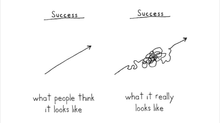Developer's Blog #2 - What have we gotten ourselves into?!
- Ben Miles
- Aug 27, 2016
- 4 min read

You’re back? That’s great – I had fun writing Part I, but this one, by nature, may take on a bit more serious tone. One of the many perks to teaching at the college level is a long summer break – the beginning of May through the end of August. What better way to spend my time than to learn programming, art, and game design! Besides, it keeps me off the streets and gets me in before dark.
Like many new game developers, we had to answer questions:
How are we going to program it?
Where will we get our assets from? (art, music, etc.)
What kind of game should we make?
What operating system will this be designed for?
Who is going to play it?
Where are we going to sell it?
Should we have another beer?
Basically, just answer “We have no idea” for each question (1-6) and you’re right where we started! But, that’s what the internet is for!
The two of us were huge Xbox 360 fans and, back at that time, the Xbox 360 had a nice system set up for Indie games. We checked out a number of them & found that some ranged from very simple (graphic, gameplay, etc) to extremely advanced – beautiful 3D graphics, complicated stories, etc. We knew what we could handle (Pshh, yeah, right – we had no idea!), so we decided that starting small was the way to go – 2D, simple graphics, not too complicated.
We decided that a game for the 360 was where we wanted to start. We did research on the submission process, etc, but this decision solved two big issues on our mind:
Programming language? - C# it is for the 360 Resolution? – 1280 x 720
We started to learn how to operate in C# - online tutorials, videos, etc. After a few weeks, we could both read code and get the gist of what it was doing, but actually writing a program was a different story! This is where a game engine came in to play. Our options were limited – we were creating a 2D game & wanted it to be playable on the 360. We did find one that would do everything we wanted it to and bought it. It lasted a few months.
How a game idea becomes reality
My wife and I bought a house in Tennessee, one with a huge backyard, so my wife (who grew up in farming) decided to start a huge garden. One day, she was outside working and I came out to talk to her. I found a pitchfork resting against the shed and, like any child, er . . . man, I picked it up and started using it as a weapon. And that’s how “The Garden” came to be – a boy and his pitchfork, on an epic quest – something in the style of Zelda. Now, I do not claim the story to be my own – the end result is 50/50 between the two of us. I shared my original story idea with Bryan and all that was left by the end was a pitchfork. Thanks, Bryan. We worked well together on the story – in the end, I really had to remember how the story started!
Would you like to see my drawrrings?
There are many, many sources for free and paid assets on the web. We knew that either one of us could write the music & create sound effects, but we searched quite a bit for graphics. Here’s the problem – we didn’t want to spend money. That’s big. The second is – if you get a tree from one package, an animal from another, and a chest from a third – they all have different art styles, different shadows, different perspectives, different colors – one may be cartoonish, the next may be super-fantasy-like.
So, for the most part, we had to create our own. Did I mention that neither one of us has any art background? Right. So, rather than making something too complicated, we went simple. For whatever reason, Bryan went right after the main character, John Marshall, and I decided – “we’re gonna need grass . . . a lot of grass.” And dirt. I went after the “background” art.
Perspective is extremely difficult (and so are shadows, more on that in another blog). We liked the retro-style – walk in to a small shack on screen and it’s much bigger once you’re inside. So, we tried to shoot for as much of a “show the front of an object, and a bit of depth” style as we could. At least, that’s where I went with the backgrounds.
The characters started to take shape – one by one – and we started to match the size of the background objects to the characters. This is more complicated that it seems but having the fixed size of 1280 x 720 helped a lot.
Little did we know that we would be spending the next year (and more) . . . drawing.
In my next blog, I will talk about the fall of 2013 including: the introduction of the Xbox One (and therefor lack of support and more strict policies for Indie games), a waste of money on the game engine, and our introduction to our new engine: Unity.














Comments